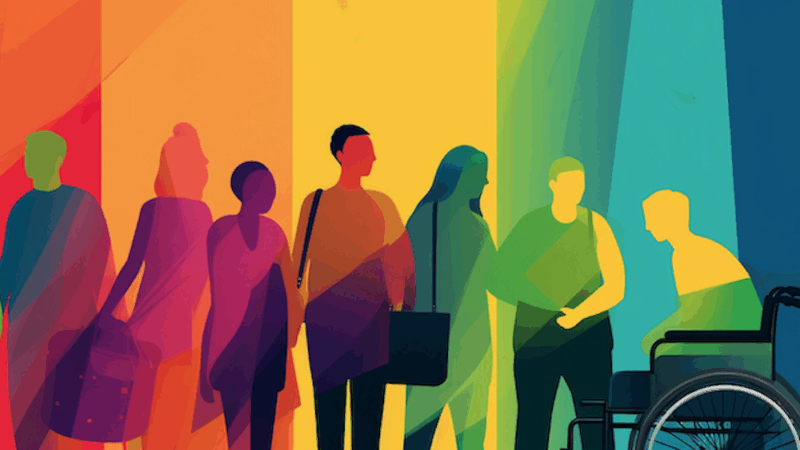Forget the light shows—attendees want learning, connection, and ROI
Reading Time: 3 minutes
At IMEX America this year, Ken Holsinger, senior vice president of strategy for global events leader Freeman, didn’t mince words.
“The biggest gap in our industry,” he said, “is the one between what organizers think is memorable and what attendees actually remember.”
That gap just got quantified.
In Freeman’s 2025 eXperience Trends Report, the company surveyed more than 2,600 attendees and organizers and found something most planners already suspect: the industry’s obsession with spectacle has officially outpaced what audiences value.
The Experience Myth
Organizers love the intangible—“vibes,” “energy,” “wow factor.” But attendees? They’re not coming for ambiance. They’re coming for outcomes.
When asked what defines a great experience, attendees’ top three answers were blunt: networking and connections (28%), learning (25%), and product discovery (25%).
According to Holsinger, “Experience isn’t the icing on the cake—it’s how learning, networking, and commerce actually happen.”
That’s the foundation of Freeman’s XLNC (pronounced ‘excellence’) framework—Experience, Learning, Networking, and Commerce—the four pillars that drive why people attend events at all.
And while event designers may fixate on sensory moments and flash, attendees have made it clear: unless those elements serve a real goal, they’re just noise.
The Friction Problem
It’s not just about what attendees want—it’s about what gets in their way.
According to the data, poor navigation and confusing expo layouts top the list of attendee frustrations. Meanwhile, organizers worry about food quality and pre-event communications—issues attendees barely notice.
That disconnect costs more than convenience. It dilutes engagement.
The fix, Freeman says, is personalization: smarter recommendations for who to meet, what sessions to attend, and which exhibitors to visit. Not mass messaging—micro-guidance. “Personalization is the bridge between friction and flow,” Holsinger explained in his IMEX conversation.
The “Peak Moment” Mirage
Here’s the stat that made jaws drop at IMEX:
78% of organizers believe their events create a “peak moment” for attendees.
Only 40% of attendees agree.
Organizers point to big-ticket keynotes, gala dinners, and surprise entertainment. Attendees point to something else entirely—meaningful vendor conversations, peer problem-solving, and hands-on learning.
The takeaway: what feels like a highlight from the stage often lands as background noise in the seats.
Hands-On Beats High-Tech
Attendees overwhelmingly define “immersive” experiences not as VR spectacles but as hands-on interaction—61% of respondents said that’s what makes something immersive.
They also measure success in tangible outcomes:
47% said the most valuable immersive moments helped them discover new products.
44% said they learned something that benefited their company.
So much for the assumption that bigger budgets equal better memories. Freeman’s data suggests that active participation—not passive entertainment—is what drives retention and ROI.
Stop Designing for Yourself
Freeman’s final—and perhaps most damning—takeaway lands like a mirror check:
“Organizers, stop designing for yourselves.”
Too many events still reflect the preferences of planners and sponsors, not the people paying to attend. Big parties and dramatic reveals may energize producers, but most attendees are looking for substance, not spectacle.
As Holsinger put it, “The X factor isn’t about flash—it’s about alignment. When experience connects with purpose, that’s when people come back.”
The New Playbook for Planners
Freeman’s data offers a clear direction forward. Experience should no longer sit in its own silo—it’s the connective tissue that brings learning, networking, and commerce to life.
That means building experiences around tangible outcomes, not atmospheric ones; designing immersive moments that are participatory instead of performative; and using personalization to help each attendee find what matters to them faster.
Immersive doesn’t have to mean expensive—it has to mean engaging.
The next era of “experiential” events will be defined not by spectacle, but by purpose.
For an industry built on connection, that’s not just good advice—it’s a wake-up call.
Any thoughts, opinions, or news? Please share them with me at vince@meetingsevents.com.
Photo by Getty Images For Unsplash+





